- Joined
- Oct 9, 2007
- Messages
- 47,233 (7.55/day)
- Location
- Hyderabad, India
| System Name | RBMK-1000 |
|---|---|
| Processor | AMD Ryzen 7 5700G |
| Motherboard | ASUS ROG Strix B450-E Gaming |
| Cooling | DeepCool Gammax L240 V2 |
| Memory | 2x 8GB G.Skill Sniper X |
| Video Card(s) | Palit GeForce RTX 2080 SUPER GameRock |
| Storage | Western Digital Black NVMe 512GB |
| Display(s) | BenQ 1440p 60 Hz 27-inch |
| Case | Corsair Carbide 100R |
| Audio Device(s) | ASUS SupremeFX S1220A |
| Power Supply | Cooler Master MWE Gold 650W |
| Mouse | ASUS ROG Strix Impact |
| Keyboard | Gamdias Hermes E2 |
| Software | Windows 11 Pro |
As the Lunar New Year shopping season heats up in the Greater China Region, ZOTAC launched yet another innovative performance-segment graphics card, the GeForce GTX 660 Thunderbolt Edition, which has nothing to do with the Thunderbolt interface (sorry to get your hopes up). What this card does bring to the table, are a high-grade non-reference design PCB, and an innovative new cooling solution.
The cooler may look like yet another aluminum fin stack ventilated by two fans, but it's in fact a chunky monolithic aluminum heatsink, with heat-transfer bolstered by three copper heat pipes. It's hence a hybrid between heatsinks and fin-stacks. Heatsinks give you the convenience of easier cleaning as spacing between their ridges are greater, and are generally more rigid. In the pictures below ZOTAC demonstrates how its hybrid heatsink is better than fin-stacks.
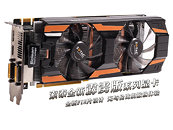
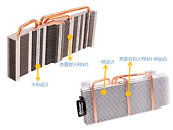
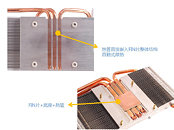
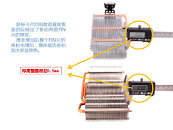
To make matters better, the cooler features what ZOTAC calls "EClean." Simply put, EClean is a mechanism with which you can easily detach the cooler shroud on which the fans are mounted, by pressing a retention notch, and sliding out the shroud that's suspended on rails, on the main heatsink. Removing the shroud lets you clean the heatsink.
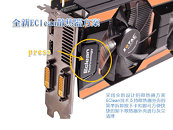
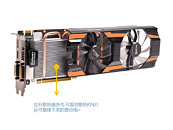
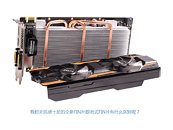
Innovations aside, the GeForce GTX 660 Thunderbolt Edition from ZOTAC sticks to NVIDIA reference clock speeds of 980 MHz core, 1033 MHz GPU Boost, and 6.00 GHz memory, leaving headroom for users to overclock on their own. It features 2 GB of GDDR5 memory across a 192-bit wide memory interface. Based on the 28 nm GK106 silicon, the GeForce GTX 660 packs 960 CUDA cores. The card draws power from a single 6-pin power connector, display outputs include two DVI and one each of HDMI and DipsplayPort. ZOTAC did not release pricing information, but we know for sure that this one (like most other innovative graphics card designs from ZOTAC) is reserved for Chinese buyers.
View at TechPowerUp Main Site
The cooler may look like yet another aluminum fin stack ventilated by two fans, but it's in fact a chunky monolithic aluminum heatsink, with heat-transfer bolstered by three copper heat pipes. It's hence a hybrid between heatsinks and fin-stacks. Heatsinks give you the convenience of easier cleaning as spacing between their ridges are greater, and are generally more rigid. In the pictures below ZOTAC demonstrates how its hybrid heatsink is better than fin-stacks.




To make matters better, the cooler features what ZOTAC calls "EClean." Simply put, EClean is a mechanism with which you can easily detach the cooler shroud on which the fans are mounted, by pressing a retention notch, and sliding out the shroud that's suspended on rails, on the main heatsink. Removing the shroud lets you clean the heatsink.



Innovations aside, the GeForce GTX 660 Thunderbolt Edition from ZOTAC sticks to NVIDIA reference clock speeds of 980 MHz core, 1033 MHz GPU Boost, and 6.00 GHz memory, leaving headroom for users to overclock on their own. It features 2 GB of GDDR5 memory across a 192-bit wide memory interface. Based on the 28 nm GK106 silicon, the GeForce GTX 660 packs 960 CUDA cores. The card draws power from a single 6-pin power connector, display outputs include two DVI and one each of HDMI and DipsplayPort. ZOTAC did not release pricing information, but we know for sure that this one (like most other innovative graphics card designs from ZOTAC) is reserved for Chinese buyers.
View at TechPowerUp Main Site
Last edited:






